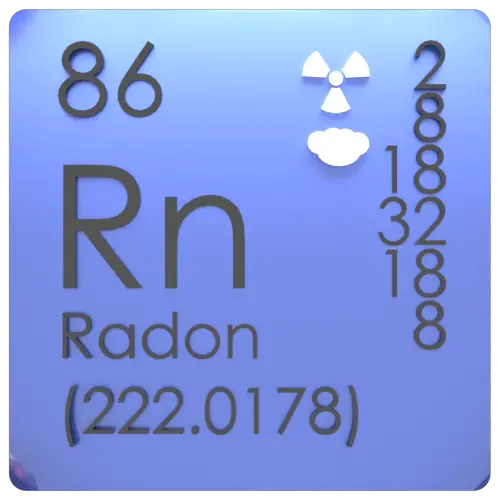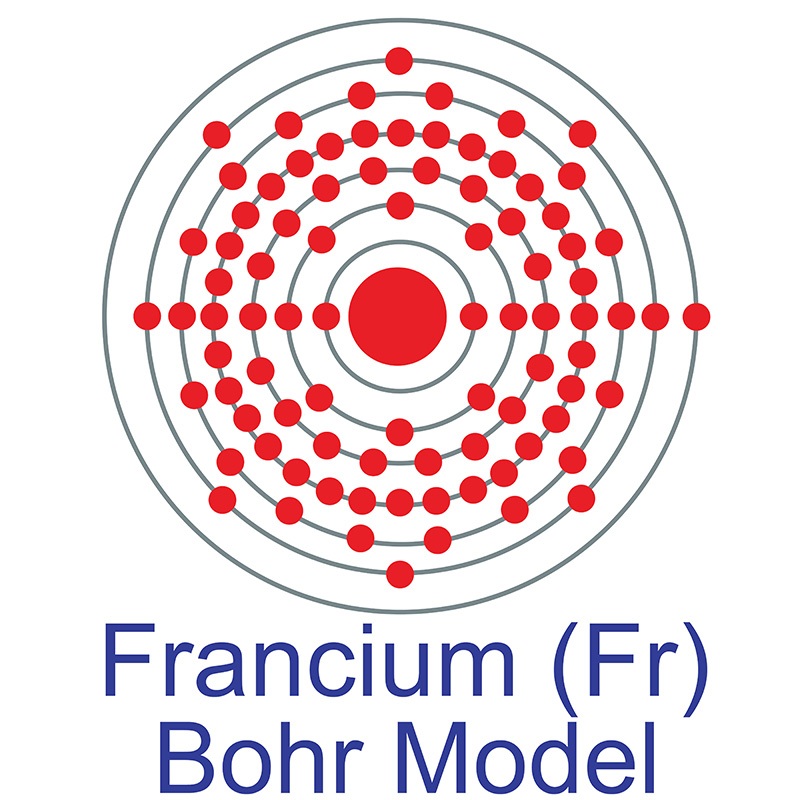


The typical number is one to three electrons to make +1, +2, and +3 cations. Now that you have the trend for neutral atoms, let's modify or tweak those sizes for when the atom is changed into a cation or anion.Ĭations: Metals tend to lose their electrons to make stable cations. Below is a simple graphic illustrating the atomic radii trends. So on any one row, the group 1 atoms (alkali metals) are the biggest on that row and the group 18 atoms (noble gases) are the smallest. However, as you go across, the nuclei are getting more and more positive (more protons) - therefore there is more + to – attraction and the electron cloud is pulled in tighter and therefore a smaller radius. The logic is that as you go across rows, you are staying in the same main energy level (n) so electrons are entering the atomic atmosphere at about the same distance. This may seem counterintuitive but it is the fact. This is because in going down a column you are jumping up to the next higher main energy level (n) and each energy level is further out from the nucleus - that is, a bigger atomic radius.Ītoms get smaller as you go across a row from left to right. so chopping that to 50-300 pm isn't a big deal.Ītoms get bigger as you go down a column on the periodic table. Oh well, you should just wrap your head around the general range of all atomic sizes the extremes are 31 pm and 343 pm. Sometimes we just do a generalized bit of rounding as well and say things like atoms range from about 50 pm to 300 pm which is more of a 6:1 ratio. So that is roughly a 10:1 ratio of largest to smallest. Which atom is the largest? That would be cesium, Cs, which comes in with a radius of 343 pm. Yeah, He is even smaller than hydrogen, H, which is 53 pm.

The smallest atom on the periodic table is helium, He, and has a radius of 31 pm. All our trends describe the trend in two directions on the periodic table: 1) across a row, and 2) up and down a column. A trend is generally "it gets bigger" or "it gets smaller" sort of thing. We use the periodic table to help us recognize certain trends of physical and chemical properties of the elements.


 0 kommentar(er)
0 kommentar(er)
